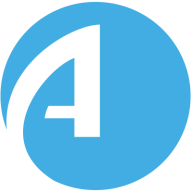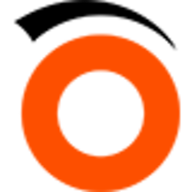

Zenoss Cloud and Prevasio are competitors in IT and cybersecurity solutions. Zenoss Cloud has an advantage with its seamless deployment and customer service, while Prevasio's advanced security justifies its higher price for some users.
Features: Zenoss Cloud features real-time analysis, comprehensive monitoring, and infrastructure management. Prevasio offers robust security architecture, vulnerability assessments, and threat detection.
Room for Improvement: Zenoss Cloud could improve its security features, scalability in complex environments, and integration with third-party security tools. Prevasio might enhance user interface intuitiveness, reporting capabilities, and speed of integration.
Ease of Deployment and Customer Service: Zenoss Cloud integrates smoothly with existing systems and offers proactive customer service. Prevasio, while needing more complex integration, provides strong technical support during implementation.
Pricing and ROI: Zenoss Cloud generally has lower initial setup costs with consistent ROI for IT management. Prevasio's higher initial costs are offset by its sophisticated security capabilities delivering substantial ROI in secure environments.


Prevasio is an agentless cloud-native application protection platform (CNAPP) that provides increased visibility into security and compliance gaps, enabling cloud operations and security teams to prioritize risks and ensure compliance with internet security benchmarks.
Prevasio combines cloud-native security with SRI International's proprietary AI capabilities and AlgoSec’s expertise in securing 1,800 of the world’s most complex organizations.
We monitor all Container Monitoring reviews to prevent fraudulent reviews and keep review quality high. We do not post reviews by company employees or direct competitors. We validate each review for authenticity via cross-reference with LinkedIn, and personal follow-up with the reviewer when necessary.